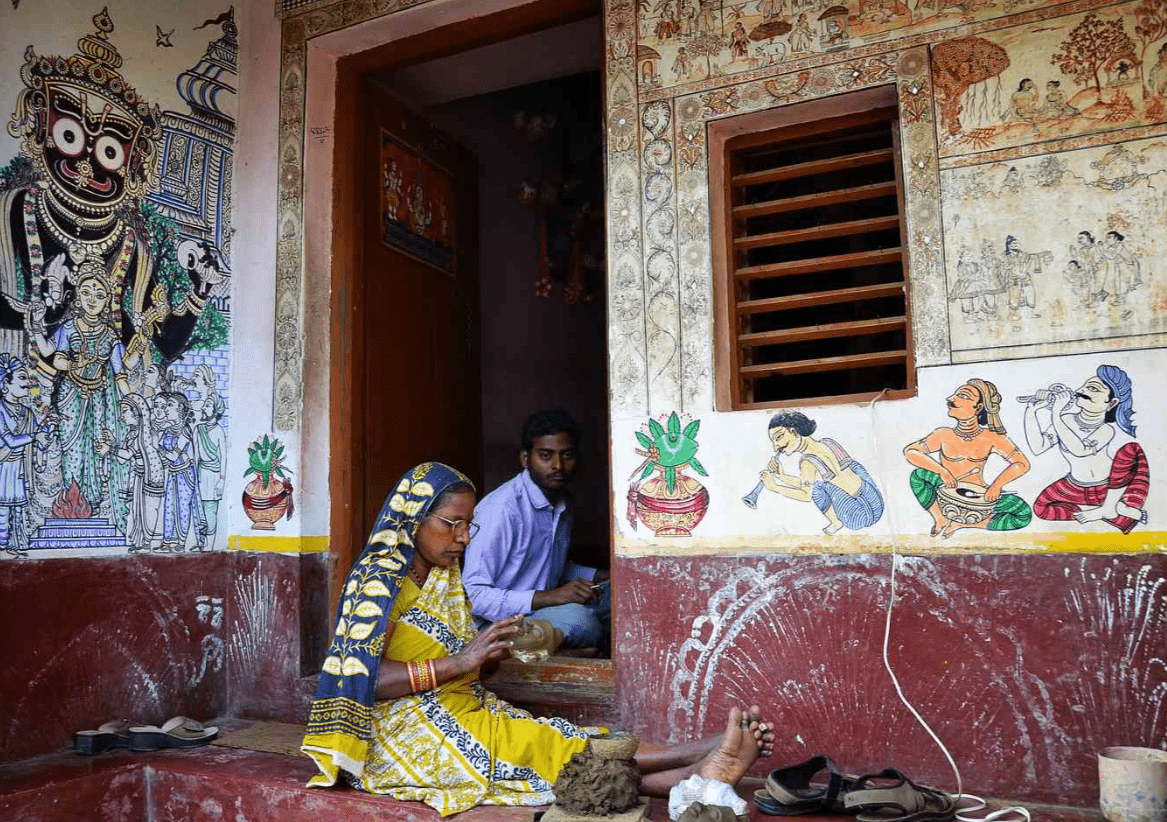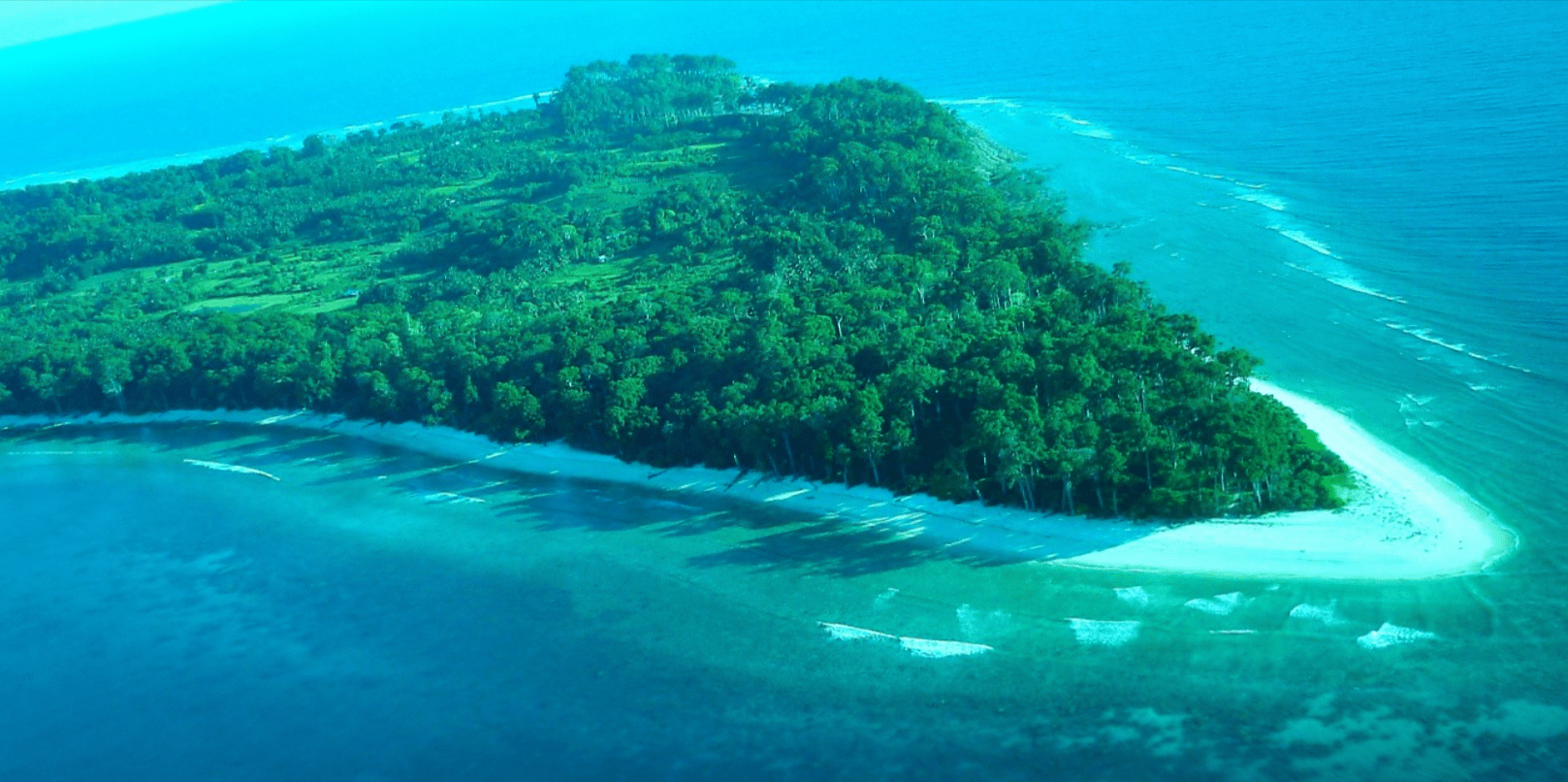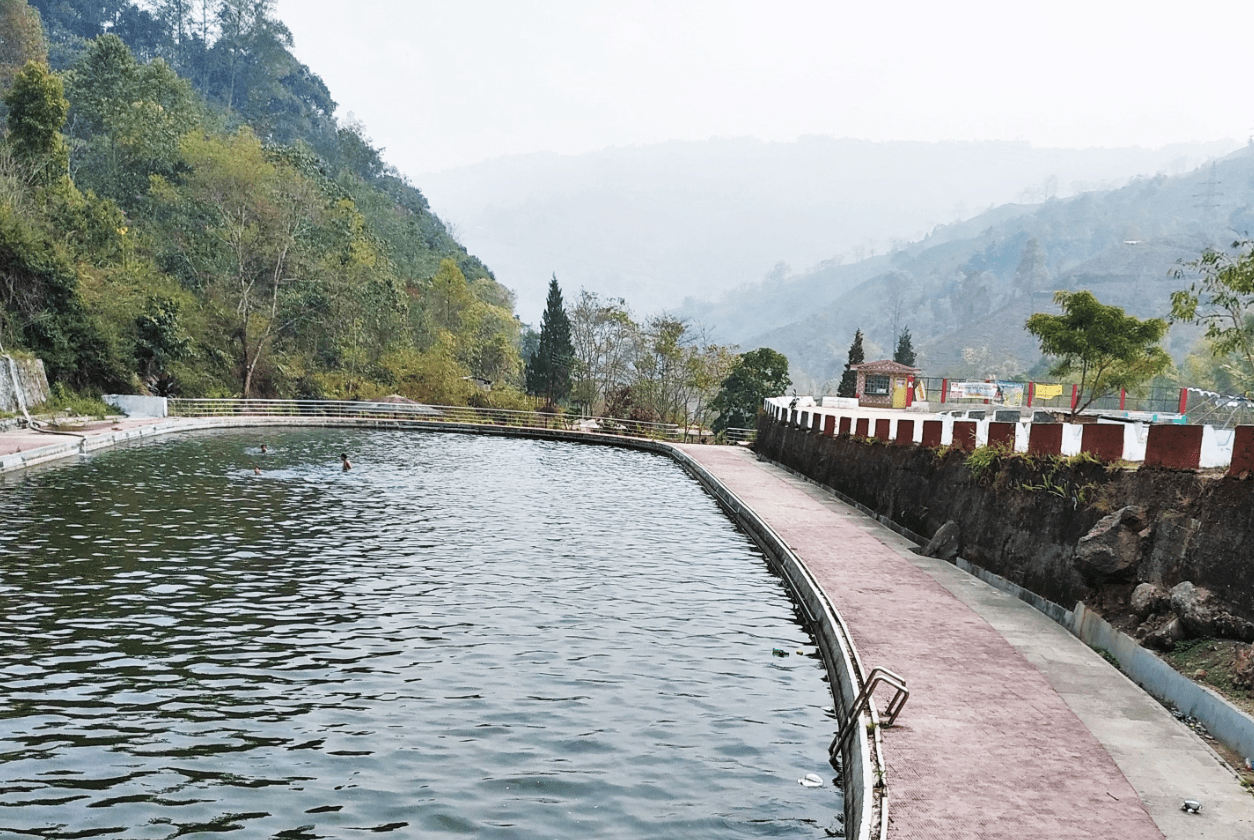Raghurajpur, Odisha: You can find intricate paintings of mythological tales adorning the walls of the homes in this village. The exteriors burst with vibrant colors. This is Raghurajpur, a village situated near the spiritual center of Odisha, Puri. Raghurajpur is celebrated for its exquisite Pattachitras, which are paintings crafted on cloth. In 2000, the Indian National Trust for Art and Cultural Heritage (INTACH) designated the village as a Heritage Village. Since then, Raghurajpur has steadily emerged as a prominent attraction near Puri.
Where is Raghurajpur?
Raghurajpur is approximately 15 km from Puri, nestled on the banks of the Bhargavi River, a distributary of the Mahanadi River. It resembles a traditional Indian village, encircled by coconut, palm, and mango groves. Similar to many Indian villages, the village’s center hosts temples dedicated to local deities. The living quarters line both sides of the main lane. However, what sets it apart are the stunning and intricate frescoes on the houses’ exteriors. These paintings predominantly depict Hindu mythology, but there are also floral and other decorative designs.
“Whenever someone gets married, we paint the house, and intricate designs are crafted on the exterior,” said Abhimanyu, a local artisan.
Indeed, we witnessed these beautiful paintings firsthand. One house displayed the words “Natabara weds Hasina,” among many other such artworks.
You can reach Raghurajpur from Puri by hiring autos or cars.
Raghurajpur – The Artists’ Village, The Heritage Village
Raghurajpur is far from an ordinary village. Here, art is an integral part of daily life. Just as poetry seems inscribed on stones in Konark, art and worship are inseparable in Raghurajpur. In this village of around 100 families, every home houses a Chitrakar—a painter who breathes life into canvases. Whether it’s Pattachitra (traditional cloth paintings of Odisha), tusser silk paintings, Tado Patra or Tala Pattachitra (paintings on palm leaves), colorful masks, papier-mâché toys, or other handicrafts, the villagers work tirelessly, creating masterpieces. The Chitrakars have honed their craft since childhood, and each family has at least one skilled artist.
What is Pattachitra and What is Its History?
The Pattachitra art form of Raghurajpur has deep roots in Odisha’s traditional art and craft, dating back to the 4th century. This craft has been handed down through generations. Pattachitra manifests in various forms—on canvas, as story paintings, and on walls. These paintings also substitute for idols of gods and are revered with the same respect.
On Debasnana Purnima (the full moon day during Rath Yatra), the deities of Jagannath, Puri (Lord Jagannath, Lord Balabhadra, and Goddess Subhadra), undergo a ritualistic bath.
As a result, the deities are believed to fall ill for 15 days.
This period is known as Anasar, during which the paintings of Lord Jagannath, Lord Balabhadra, and Goddess Subhadra are worshipped instead of the actual idols. These paintings, known as Anasar Patti, are crafted by the traditional Chitrakars of Odisha, who are masters of the Pattachitra art.
Did you know that Pattachitras are also made in West Bengal? You can find artisans in Naya Pingla as well.
How are Pattachitras Made?
The word “Patta” means cloth, and “Chitra” means picture. The process begins with a piece of cotton cloth that is washed and dried. The artisans then prepare a special gum by boiling tamarind seeds. This gummy paste is used to bond two layers of cloth together. Once the gum dries, a mixture of tamarind gum and powdered limestone is applied to the cloth. After drying, the cloth is polished with a stone to achieve a smooth finish, making it ready for painting. This prepared cloth is then called “Pat.”
Once the canvas is prepared, outlines are drawn in light colors, followed by vibrant color fills. Traditionally, natural dyes were used, and some artisans still adhere to this practice. White is derived from conch shell powder, yellow from Harital (a type of stone), red from geru (a red oxide stone), blue from indigo, and green from various leaves. Black is obtained by burning a lamp.
The colors are mixed with resin from the wood-apple tree and water in coconut shells before being applied to the cloth. After the painting is completed, a lacquer coating is applied to give it a glossy finish. The Chitrakars use brushes made from buffalo hair for thick lines and rat or squirrel hair for finer details.
The themes of these paintings often revolve around gods, goddesses, and various mythological scenes, alongside depictions of flowers, trees, and animals. The life of Krishna is a popular subject and is frequently portrayed in Pattachitras.
The trio of Jagannath, Balabhadra, and Subhadra is a common theme in many of these paintings, followed by the life and stories of Lord Krishna. A distinctive feature of Pattachitras is the ornate borders that give the paintings a framed appearance. These borders are inspired by the sculptural motifs of Odisha’s temples. Each family in the village has its own unique style of Pattachitra painting.
Tala Pattachitra
Raghurajpur is also renowned for palm engraving art, known as Tala Pattachitra. In this form, the paintings are created on palm leaves. For a rectangular canvas, palm leaves of the same size are stitched together. Images are then etched onto the palm leaves. The paintings can be either black and white or colored. Another form of this art involves cutting circular sections into the canvas, creating window-like openings. These openings can be flipped to reveal three different paintings underneath. Themes may include the Dasavatars (the ten avatars of Vishnu), stories from Krishna’s life, or depictions of animals and birds.
In addition to producing these remarkable art forms, Raghurajpur has preserved the tradition of Gotipua, a performance art considered the precursor to Odissi dance. The legendary Indian classical dancer Sri Kelucharan Mohapatra was born in this village and trained in Gotipua here. The village is home to the Dasabhuja Gotipua Odissi Nrutya Parisad, a Gotipua Gurukul led by Padmashree Guru Maguni Das.
What is Gotipua?
In Odia, ‘Goti’ means single, and ‘Pua’ means boy. This folk dance features young boys dressed as girls, performing in praise of Lord Jagannath and Lord Vishnu. The boys begin training at a young age and continue until adolescence when their androgynous appearance fades. These young dancers execute impressive acrobatic feats during their performances.
While we had seen Odissi performances before, witnessing Gotipua was a completely new experience. We stayed at the Sterling Resort in Puri, which arranged a visit to Raghurajpur village for us.
Traditional Odiya Lunch
The delights of our trip didn’t stop there. We were treated to a sumptuous traditional Odiya lunch served on banana leaves. The meal included Khechuri (a type of rice), sweet dal, Dahi Baigan, mixed vegetables, and papad. The highlight was Chuda Kadamba, a special sweet dish unique to this region of Odisha. It is made from flattened rice cooked in ghee with dry fruits and served with chhena (cheese curds).
Spending Time at Raghurajpur
A visit to the serene village of Raghurajpur transports you to a world where art and worship are one. The artisans have painstakingly preserved the traditions of old. Every house practices the art of making Pattachitras, Tala Pattachitra, and various other handicrafts. The small toys made from cow dung and papier-mâché make excellent souvenirs. Although many families now send their younger members elsewhere for education, the tradition of art remains strong.
Our visit to Raghurajpur was part of #SterlingDiscovery. This day trip was organized by Sterling Resort in Puri. While our stay at the resort was enjoyable, the day trips they arranged were equally wonderful.


